In 2015, Chrysler withdrew from the UK. Not that there was a lot of withdrawal to be done. The American brand’s armoury had already shrivelled to three models following the unnoticed deletion of the Delta.
That left the little Ypsilon supermini, the Grand Voyager and the 300C, which not so long ago was the car that had galvanised Chrysler’s UK appeal. Many considered the 300C’s handsome, square-edged styling worthy of a ‘mini-Bentley’ epithet. Some even fitted glittery radiator grilles to heighten the illusion.
However, the heavily facelifted 300C failed to rekindle the appeal of the original, leaving its ageing mechanicals exposed to acid comparison.
Leaning on Lancia
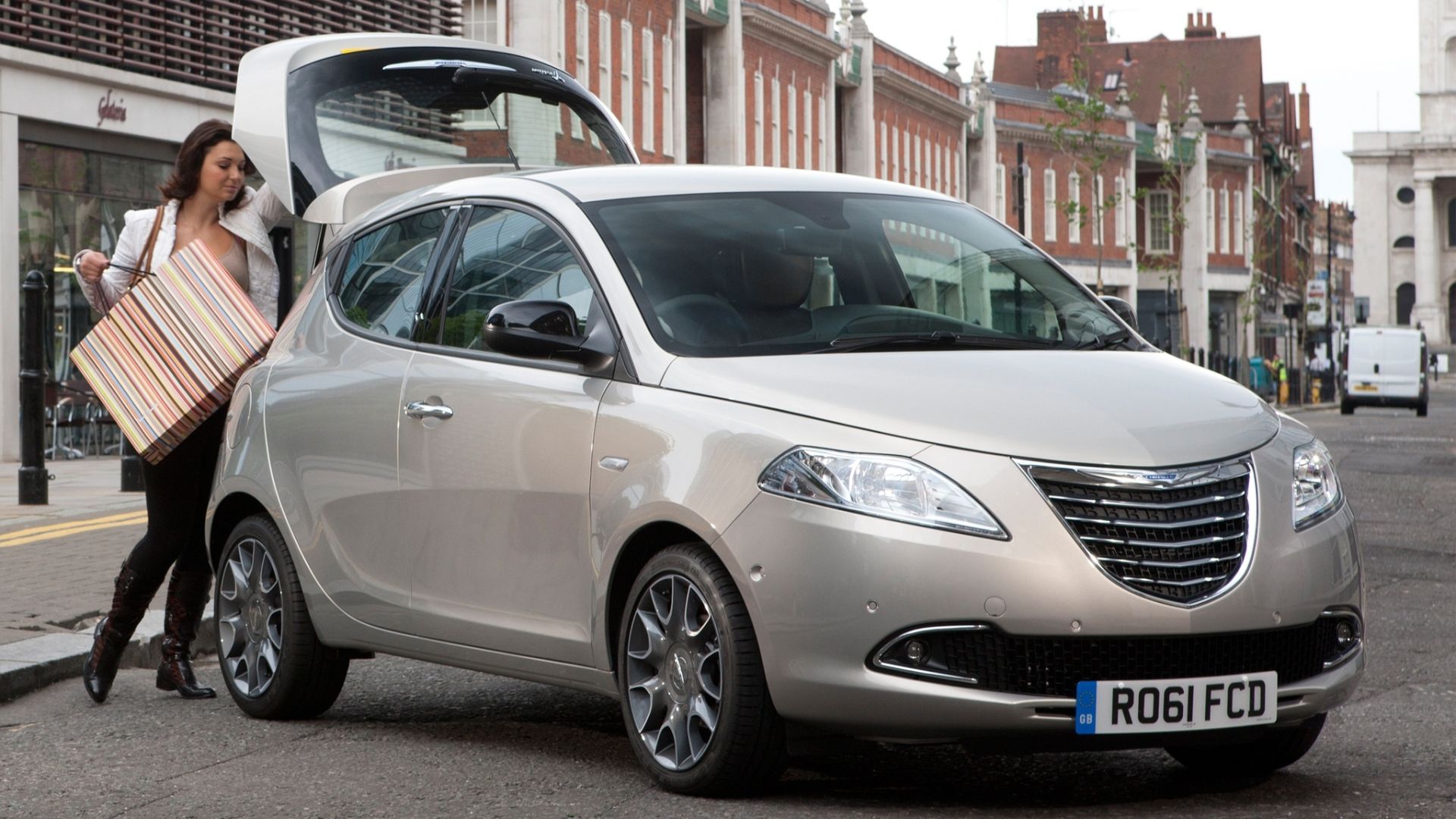
Equally, plenty of Voyagers, Grand or otherwise, had found berths outside British homes over the years, including one at Tony Blair’s house. But the appeal of the big people carrier has long since faded – not least against products of the kind sold by Chrysler’s sister brand, Jeep.
And the Ypsilon (pictured above)? This imaginatively styled hatchback pioneered the premium supermini over three decades ago with the flat-backed Lancia Y10. Yet there are plenty of other tailgated babies that do ‘plush’ more effectively than this rough-riding Fiat Panda reskin.
The Ypsilon’s prospects weren’t helped by the fact that, like the Delta, it wasn’t really a Chrysler at all. Both cars were rebadged Lancias, launched here well after their less-than-rapturous Italian debuts. Cynical rebrandings don’t often work in the automotive world.
Upmarket ambitions
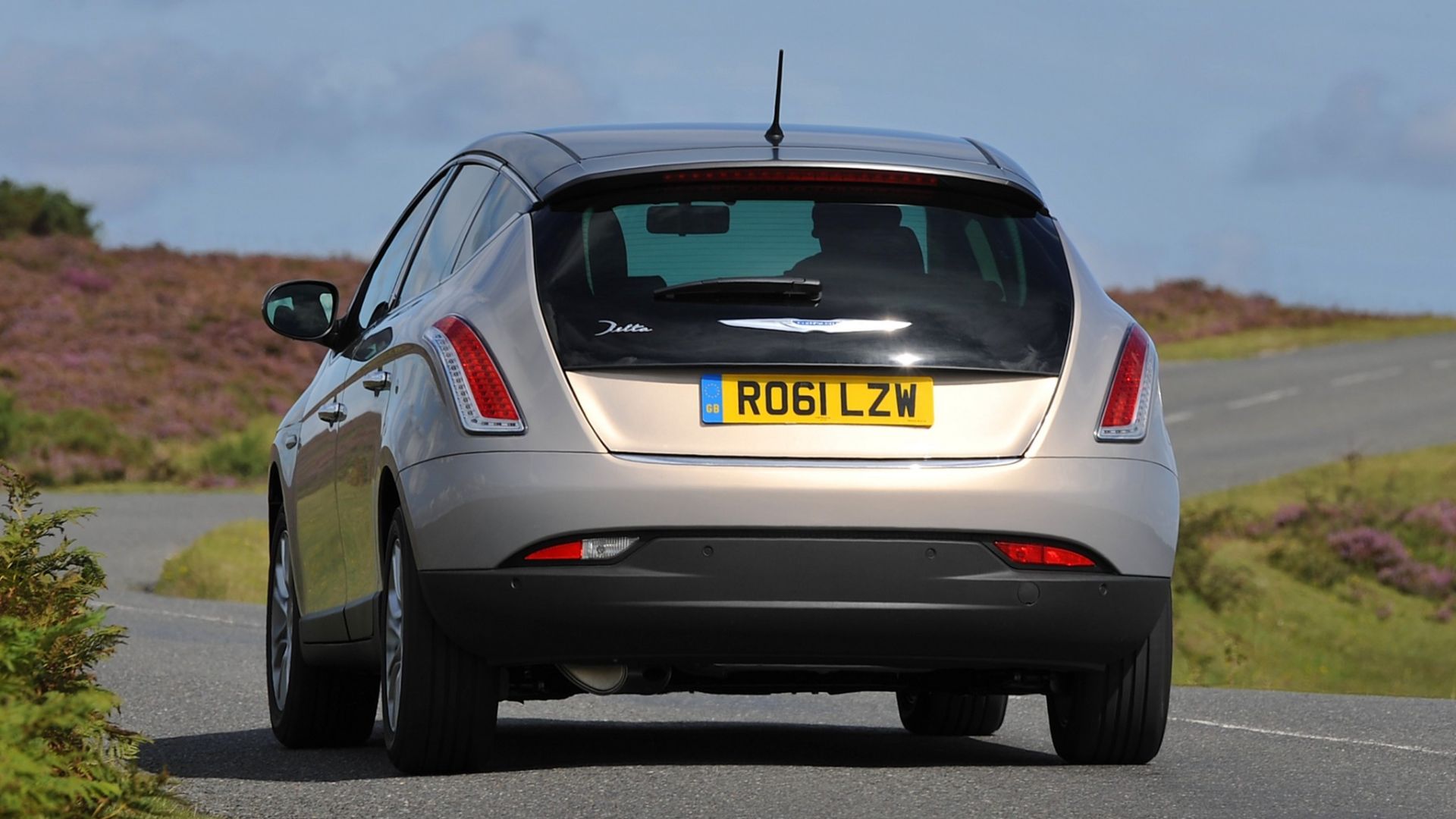
That said, the market-positioning ambitions of both Chrysler and Lancia do vaguely coincide in that both aim to play the premium game. Until Lancia disappeared from Britain in the early 1990s that’s approximately where it sat. Chrysler, meanwhile, attempted to reclaim the moderately upscale territory it occupied 70 years ago.
Doing so was hardly the work of a moment in its American homeland, however, and had no resonance in Europe because Chrysler was barely here back then.
Instead, what Chrysler was most consistent about during its half-a-century or so of troubled European manoeuvres has been the annexing, hijacking, repurposing and general messing about with other companies’ hardware. The lazily relabelled Delta (pictured above) and Ypsilon were only the latest examples.
Badge engineering
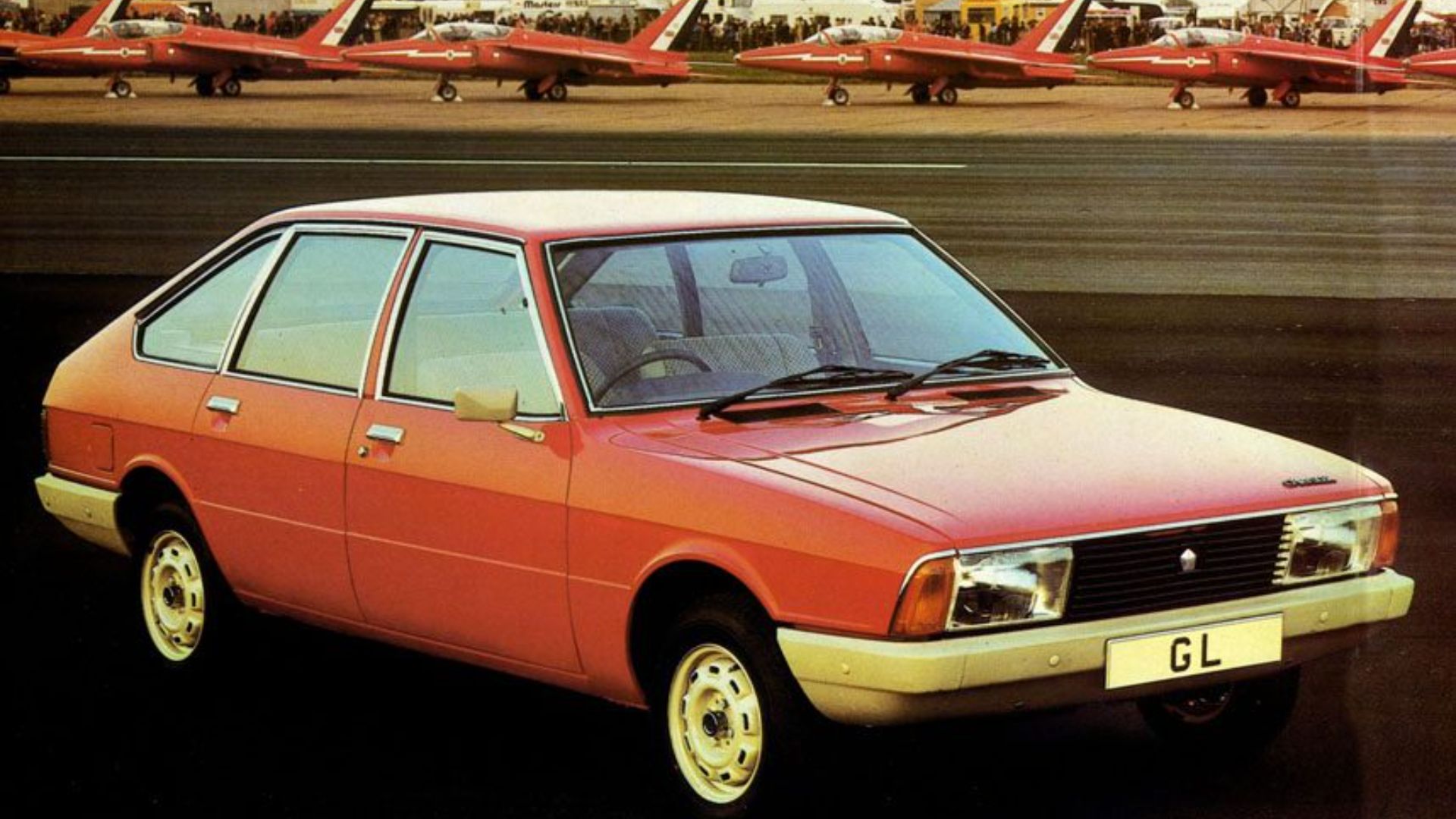
If you’re old enough, you may remember the now-abandoned Chrysler pentastar adorning the front wings of machines as disparate as the Hillman Imp, Humber Sceptre, Sunbeam-Lotus and various long-forgotten vans.
And if you’re French and of similar age, you’ll recall that same badge appearing on Simcas, a long-extinct brand that, back in the early 1970s made the best-selling car in Europe. The slightly ungainly Simca 1100 successfully did the Volkswagen Golf’s job seven years earlier.
The reason for the pentastar’s occupation of front-wing real estate was that Chrysler bought into and eventually owned the British Rootes Group that made Hillmans, Singers, Sunbeams and Humbers, –and did the same with France’s Simca.
Ambitions to emulate Ford of Europe, or GM’s success with Vauxhall and Opel, was its mission. Eventually, it rebranded the Simcas and Rootes models as Chryslers, the French cars gradually supplanting the British ones because they were better.
That much better, in fact, that the Simca 1307/1308 won the Car of the Year award in 1976, this now-forgotten model known to us as the Chrysler Alpine (pictured above). That victory was followed by another in 1978, with the Simca/Chrysler Horizon that replaced the Simca 1100.
A version of the Horizon was also offered in the US (and as the Dodge Omni, too) these ranges scoring an impressive three million sales in 10 years on both sides of the Atlantic. Less impressive was the fact that, although ostensibly identical, the European and American Horizons shared no more than about two parts. Chrysler completely failed to capitalise on the cost-savings that such economies of scale ought to have generated.
‘Amateur corporate bungling’
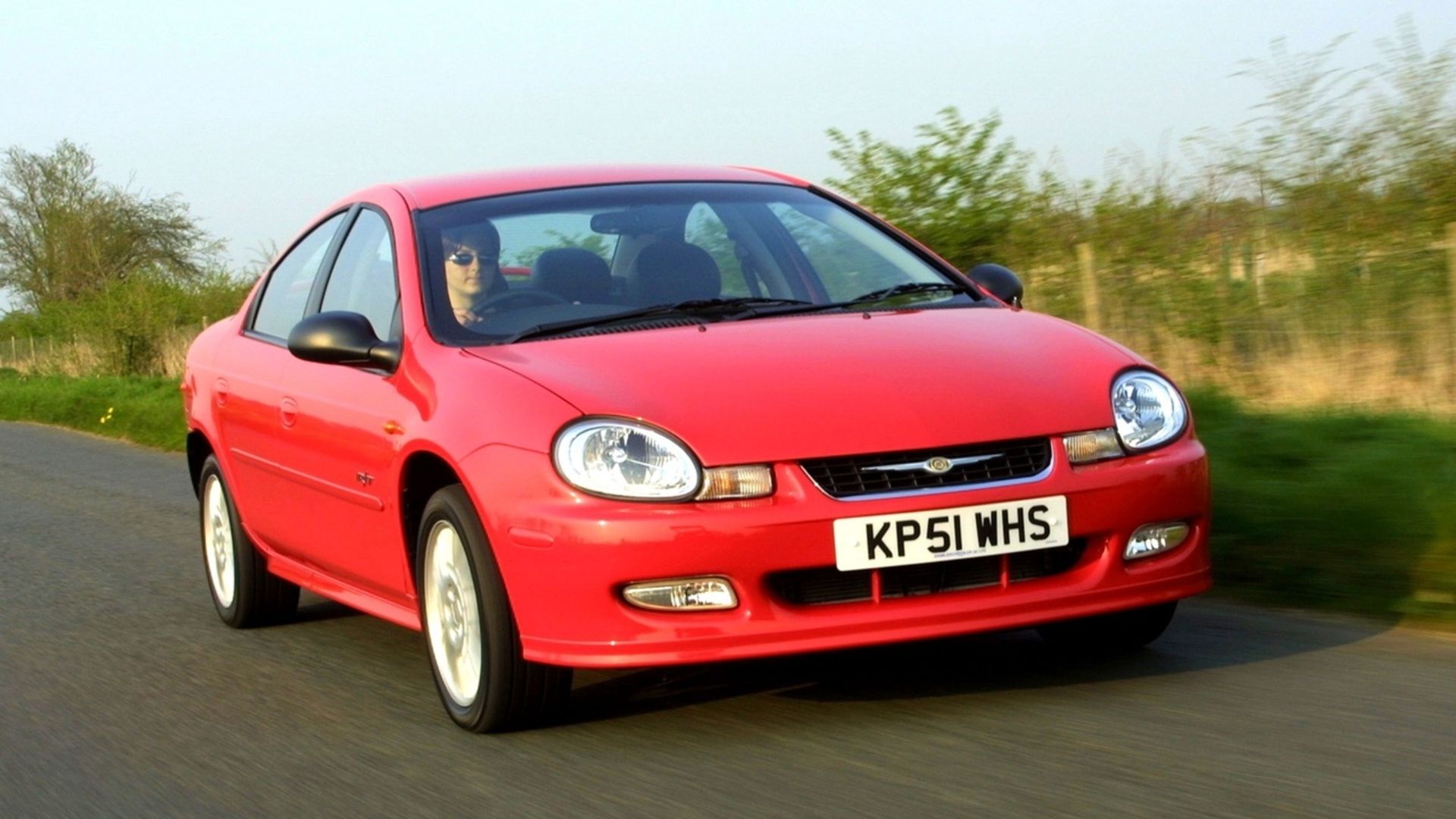
It was the kind of amateur corporate bungling that would get Chrysler into plenty more trouble in the decades to come. It did manage to offload its ramshackle European operations onto Peugeot in 1978, which bought them for reasons that were hard to fathom, despite the acquisition costing a nominal dollar. All Chryslers were renamed Talbots, yet within a decade Peugeot had steered Talbot to its death.
Again, the Chrysler name returned to the UK in the 1990s, this time on 100 percent American cars, a UK importer shrewdly reckoning that it could add a few Chryslers to supplement its Jeep line-up. These were selected from a range that had been revitalised after another of this long-lived brand’s near-death moments.
The Voyager MPV wasn’t a bad alternative to a Ford Galaxy or Renault Espace. And despite being a saloon in a hatch-dominated market, America’s much-trumpeted Neon was engineered for right-hand drive and shipped our way as well. The trumpetings mainly concerned the fact that Chrysler had finally managed to spit out an all-new car.
The Neon (pictured above) made a sort of low-rent sense in the US. Its super-low sticker price, surprisingly potent motor and cheeky face helped compensate for the chafing cabin plastics and grim noises emanating from beyond the front bulkhead.
Sadly, travel to the UK inflated the Neon’s price towards the preposterous, the British importers cleverly (or cruelly) speccing the car up with an automatic transmission, plastic-look leather and moulded walnut. It snagged a surprising number of geriatrics who thought they were getting a rattling good deal.
Excitement was also added to the range via the familiar rebadging tactic. The victim this time the spectacular AC Cobra reinterpretation that was the V10-engined Dodge Viper. Not many were sold – it was a bit unsubtle for Britain, with a roof that possessed with the weatherproofing qualities of a broken window – but it certainly added some lustre to the Chrysler name.
DaimlerChrysler calamity
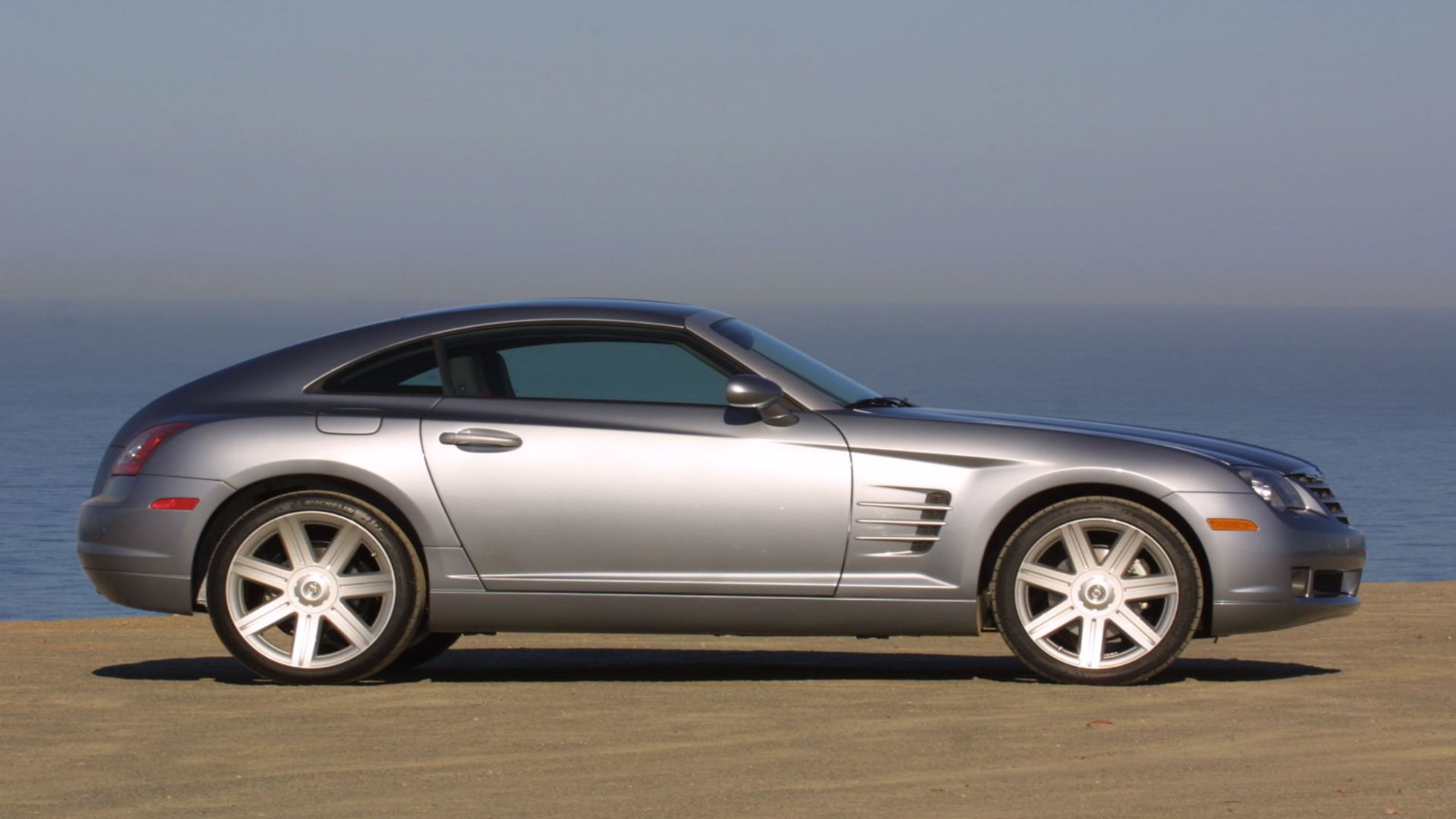
Then in 1998 Daimler bought Chrysler, a calamity for most concerned, although this unlikely liaison did yield a few interesting offspring
Among the best of them was the Chrysler 300C. This was a big car that should have bombed in Britain’s premium-obsessed executive market, but such was the brilliance of its confident, stocky styling that it became gotta-have-it wheels for those of lightly bling persuasion.
Less convincing was the PT Cruiser, an American mini-MPV that actually sold pretty well here, despite the minimal relevance of its hot-rod-alike styling and a cabin that did not reward close inspection.
It was followed by the Crossfire coupe (pictured above), whose Mercedes-Benz SLK innards dulled an interesting design to numbing effect, and the Sebring, a style-free zone that had none of the 300C’s design panache. When propelled by an obsolete Volkswagen diesel engine, it was as miserable as life with a pneumatic drill. There was an even more dismal Dodge version, but that’s another sorry story.
Did I mention the Sebring convertible? Chrysler UK didn’t, its publicists concluding that the best way to off-load these machines was to avoid subjecting its numerous shortfalls to the scrutiny of the press.
Fiat enters the fray
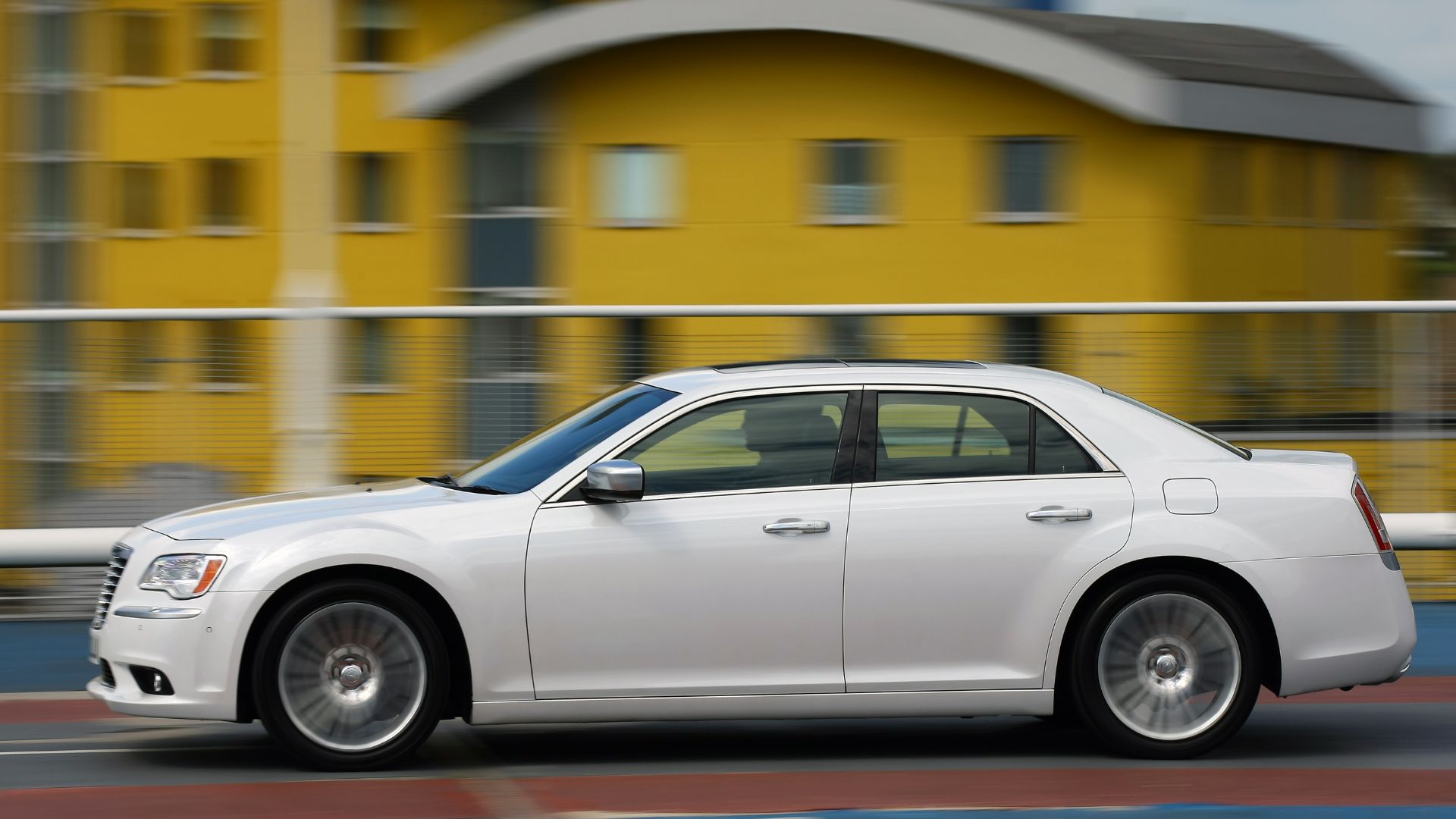
The momentum gathered by the 300C’s success was about to be squandered during the ructions of Daimler’s departure from its self-made North American mess. These included Chrysler’s acquisition by clueless money-shufflers Cerberus, the 2008 recession and the company’s lifesaving takeover by Fiat.
On the other side of the Atlantic, that critic-defying manoeuvre by late Fiat boss Sergio Marchionne ended up saving Fiat itself, with Chrysler and Jeep enjoying prosperous new times at home.
But Marchionne’s often cavalier approach to product development was how Chrysler’s UK range ended up half-filled with ageing Lancias, this terminally wounded, once-famous brand retreating to Italy with a Chrysler in its line-up called Voyager. There was a Thema-badged 300C in the range too, but that didn’t last long.
New Chrysler and Fiat overlord Stellantis has concluded that rebadging Chryslers as Lancias isn’t going to work in Europe, which makes the case for selling right-hand drive Chryslers in Britain a slender one at best.
Instead the future is Jeep-shaped, and Chrysler has once again died a British death. Still, given the brand’s pinball trajectory over the decades, we wouldn’t bet against it returning one day.
ALSO READ:
Great Motoring Disasters: Cadillac Allante



[…] Chrysler: why it was a UK motoring disaster – more than once […]